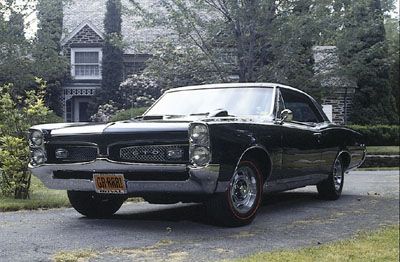
You might remember the 1967 Pontiac GTO as the spy car from the action movie XXX. The 1967 Pontiac GTO is one of the most imposing muscle cars ever built. What classic muscle car did Joe Dirt refer to as a "Hemi"? Find out on the next page.
Advertisement

A quintessential muscle car, the 1967 Plymouth GTX continues to impress collectors with its speed, power, and cubic inches. Find out what other car David Spade drove in the movie "Joe Dirt" next.
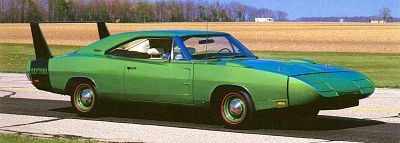
The 1969 Dodge Charger Daytona represented Dodge's brief commitment to NASCAR racing and resulted in almost equaling the success of Ford. What car did Nicholas Cage steal in the movie "Gone in Sixty Seconds"? Find out next.
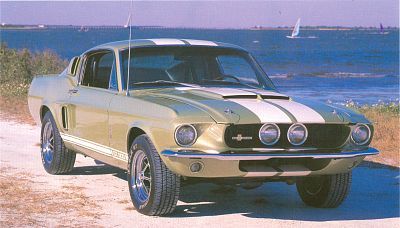
In the remake "Gone in Sixty Seconds", Eleanor was a modified 1967 Shelby GT-500. The 1967 Shelby GT-500 boasted a 428 V-8 rated at a conservative 355-bhp. The next car has a six pack. Find out what it is.
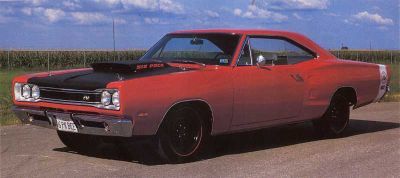
For a car that was so fast, the 1969 Dodge Super Bee Six Pack had surprisingly good handling. The engine breathed deeply through three double-barrel carbs that inspired the name "Six Pack". See another muscle car from 1969 next.
Advertisement
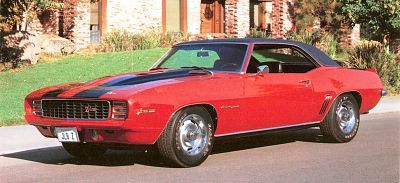
The 1969 Chevrolet Camaro Z28 was one of the hottest-looking rides of the classic muscle car era, and showed what Chevy stylists could do to express performance and excitement. Why would Pontiac name the next car "The Judge"? Find out.
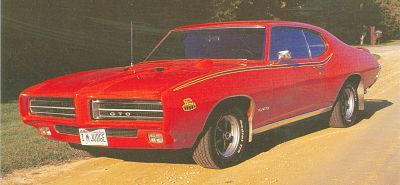
In naming the 1969 Pontiac GTO "The Judge," Pontiac seemed to be saying: "This car has authority." The next car can be seen making crazy jumps in Hazzard County.
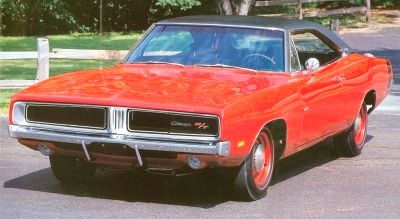
The most famous 1969 Dodge Charger is The General Lee from the hit television show "The Dukes of Hazzard". The next car can be seen in the movie "Death Proof".
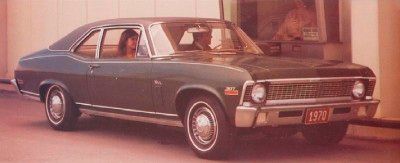
A modified 1970 Chevy Nova was used as a deadly weapon in the Quentin Tarantino movie "Death Proof". The film "Vanishing Point" made the next muscle car a popular classic.
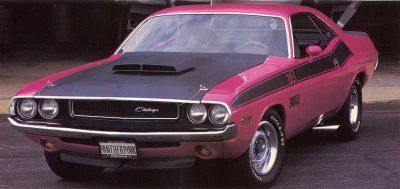
A total of five 1970 Dodge Challengers were used to shoot the cult film "Vanishing Point". The 1970 Dodge Challenger is among the most eye-catching muscle cars ever built. Take a look at another powerful muscle car from 1970 next.
Advertisement

The 1970 Ford Mustang Boss 302 was Ford's answer to the Chevy Camaro Z28. It used a fortified 302-cid four-barrel V-8 rated at 290-bhp. The next muscle car is named after a dangerous fish. See what it is next.

The 1970-1971 Plymouth Barracuda Convertibles were quite rare, making them increasingly valuable today. Check out another muscle car from the 1970's next.

The 1970 Chevrolet Chevelle SS 454 was a beast of a muscle car, boasting a 450-horsepower engine. The next car goes "Beep Beep".
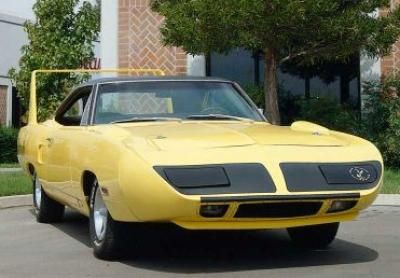
The 1970 Plymouth Road Runner Superbird had a super huge rear wing and cartoon Road Runner graphics. The Superbird is a prized collectible today due to its rarity. The next car was featured in the "Transformers" live-action movie.
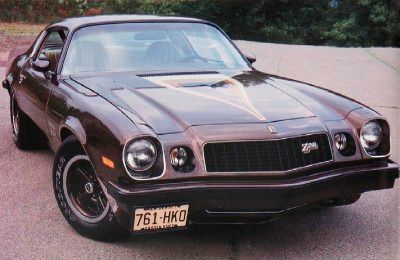
In the live-action "Transformers" movie, a teenage boy buys a 1977 Chevrolet Camaro that turns out to be a giant robot. The 1977 Chevrolet Camaro revived the Z28 and outsold the Ford Mustang during the 70's.
Advertisement
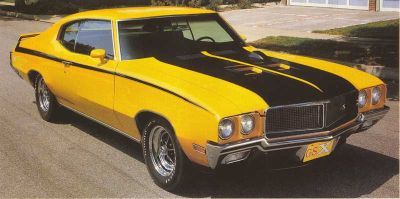
The 1970 Buick GSX was among the quickest cars to come out of Detroit. This upgrade of the GS455 provided features like exclusive aero aids and graphics and, most important, a 455-cid V-8 engine that could crank out 510 lb-ft of torque.
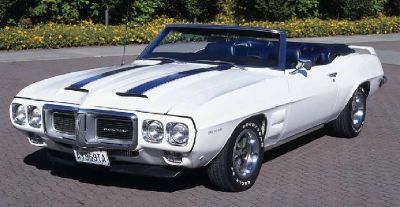
The 1969 Pontiac Trans Am started with a Firebird and added a functional twin-scoop hood, rear spoiler, open fender vents and a unique white and blue paint scheme. Under the hood was a 335-bhp, 400-cid, V-8 engine with a standard Ram Air induction system.

Advertised as a "tough little devil," the 1971 Dodge Demon 340 was a lightweight performance car with a 290-bhp, 340-cid, four-barrel, V-8 engine -- and the cost started only at $2,721.
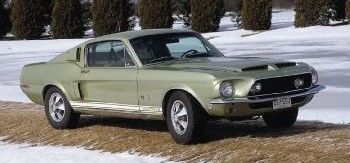
The 1968 Shelby Cobra GT 500-KR wasn't like other Mustangs. With a revamped 428-cid Police Interceptor V-8, this was truly a King of the Road. This was also the first year for a Shelby convertible.
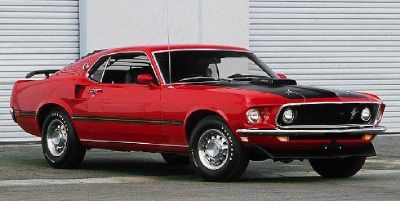
The 1969 Ford Mustang Mach 1 428 Cobra Jet featured new, longer styling and added another 140 pounds over the previous year's model. A 351-cid V-8 came standard, but many buyers found it hard to resist the 428-cid Cobra Jet upgrade.
Advertisement
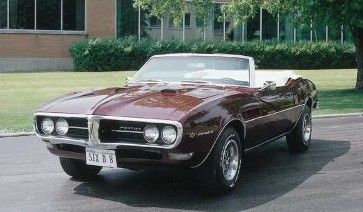
The 1968 Pontiac Firebird 400 was among the best compact muscle cars of the year. The standard 400-cid V-8 offered 330 horsepower. Car & Driver rated the upgraded HO model better than several of its peers like the Javelin, Mustang, Cougar, Camaro SS and Barracuda.
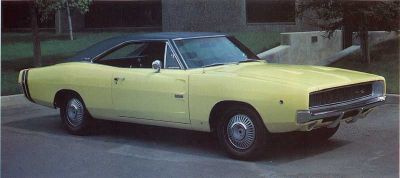
You might recognize the 1968 Dodge Charger RT Hemi from the Steve McQueen movie "Bullitt." Not a bad choice: a 375-bhp, 440-cid, four-barrel, Magnum V-8 came standard, along with heavy-duty brakes and F70Xl4 tires.

In 1967 Plymouth launched the Barracuda series, shoehorning big 383- and 440-cid engines into a newly-expanded platform from the Valiant. Unfortunately, there was no room for power steering.
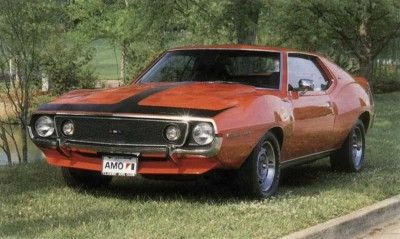
The 1971 AMC Javelin AMX 401 was longer, lower, wider and heavier than the previous year's model. The powerplant was growing, too: its 401-cubic-inch V-8 put out 300 horsepower.
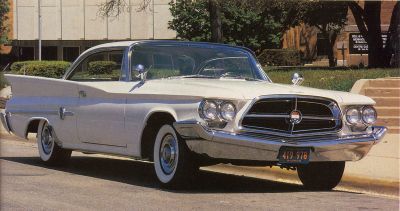
The 1960 Chrysler 300F was one of the first muscle cars to come from Chrysler. Along with the muscular 413-cid, 380-horsepower engine came a sporty interior design and leather bucket seats.
Advertisement
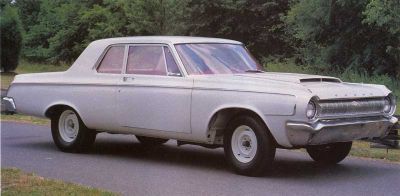
The 426-cid Hemi engine debuted at the Daytona 500 in February 1964, and they promptly swept the first three places in the race. This photo shows an entry-level Dodge 330 equipped with the 426 Hemi. Aluminum panels make this car ideal for drag racing.
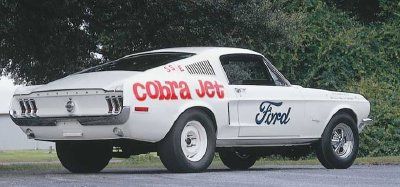
The 1968 Ford Mustang 428 Cobra Jet was the fastest pure-production Mustang of the era. The engine was based on the 428-cid engine used for racing, and also featured ram-air induction and a functional hood scoop.
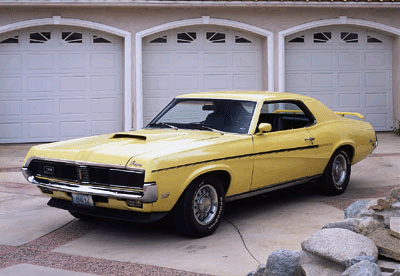
The Mercury Cougar was restyled in 1969. The result? The Eliminator. Stripes and spoilers promised the power that the 428-cid Cobra Jet engine was sure to deliver.
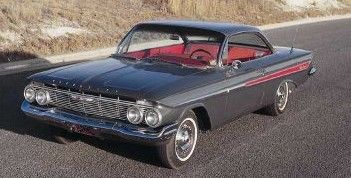
The new 1961 Chevrolet Impala Super Sport option package also introduced a revamped engine: the 409-cid, V-8 which was forever immortalized by The Beach Boys' song "409."
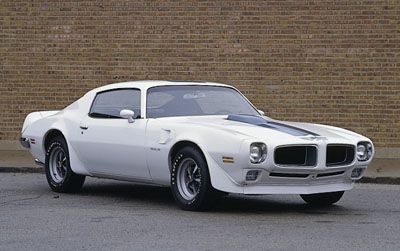
Even the base engine for the 1970 Pontiac Firebird Trans Am, a 345-horsepower, Ram Air, 400-cid, V-8, could give you low 14-second times in the quarter-mile. The striking nose design was also functional, creating extra downforce at highway speeds. If you'd like to learn more, read about more than one hundred high-powered autos in the classic muscle cars library.
Advertisement